How to Prevent Venous Pooling with a Proper Cool-Down
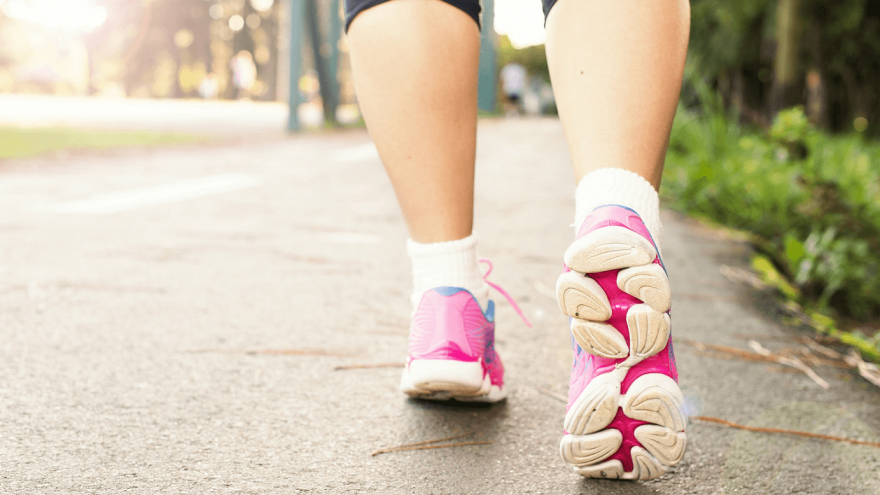
You’ve done the training, nailed your goal race and clocked that PB. Now all that remains to be done, is to plop down on the grass and revel in the moment, right? Not so fast. You’re missing out on an important part of the recovery process: A proper cool-down.
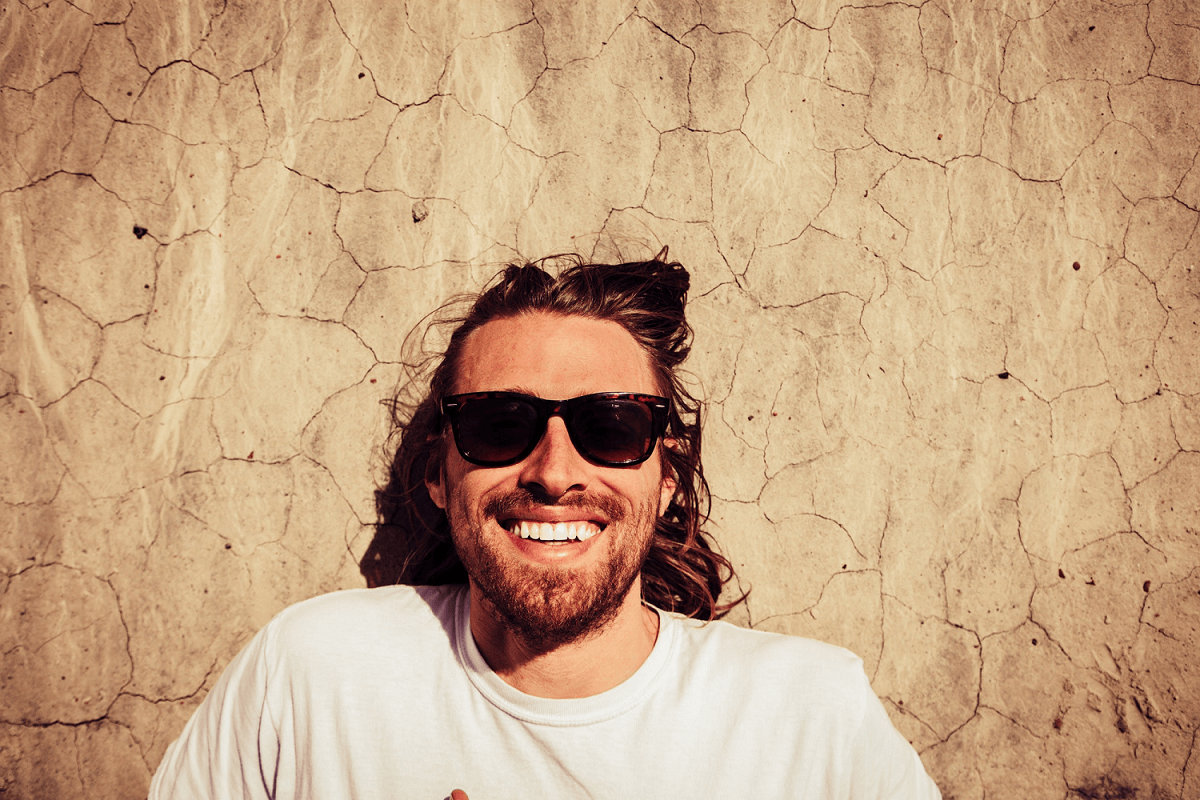
But is a thorough cool-down really that important? And can skipping your cool-down have any negative side-effects? Yes and yes. Here’s what the experts have to say about the importance of cooling down, as well as how to get it done.
Kick-start your recovery
According to USATF running coach, Jason Fitzgerald, recovery starts the moment you cross the finish line. So “walk for at least 10-15 minutes to cool down, rather than sitting or lying down immediately after the race,” he recommends. But why? What happens in the body when we sit or lay down immediately after a hard physical effort?
What a cool-down purportedly doesn’t do
Before we answer that question, let’s just look at what a cool-down doesn’t do. While many believe that properly cooling down after a race will prevent muscle soreness and increase limberness, a number of scientific studies actually show the opposite.
A cool-down does not prevent muscle soreness: Part I
Take, for example, a study published in the Journal of Human Kinetics in 2012. In this study, 36 active adult volunteers performed five sets of ten front lunges with external loading of 40% of body mass for women and 50% for men. In addition, thereto, study participants were randomly assigned to do a pre-exercise warm-up (20 minutes of ergometer cycling), a post-exercise cool-down (also 20 minutes of cycling), or neither of the aforementioned. Participants were then subjected to a pain threshold test the following day.
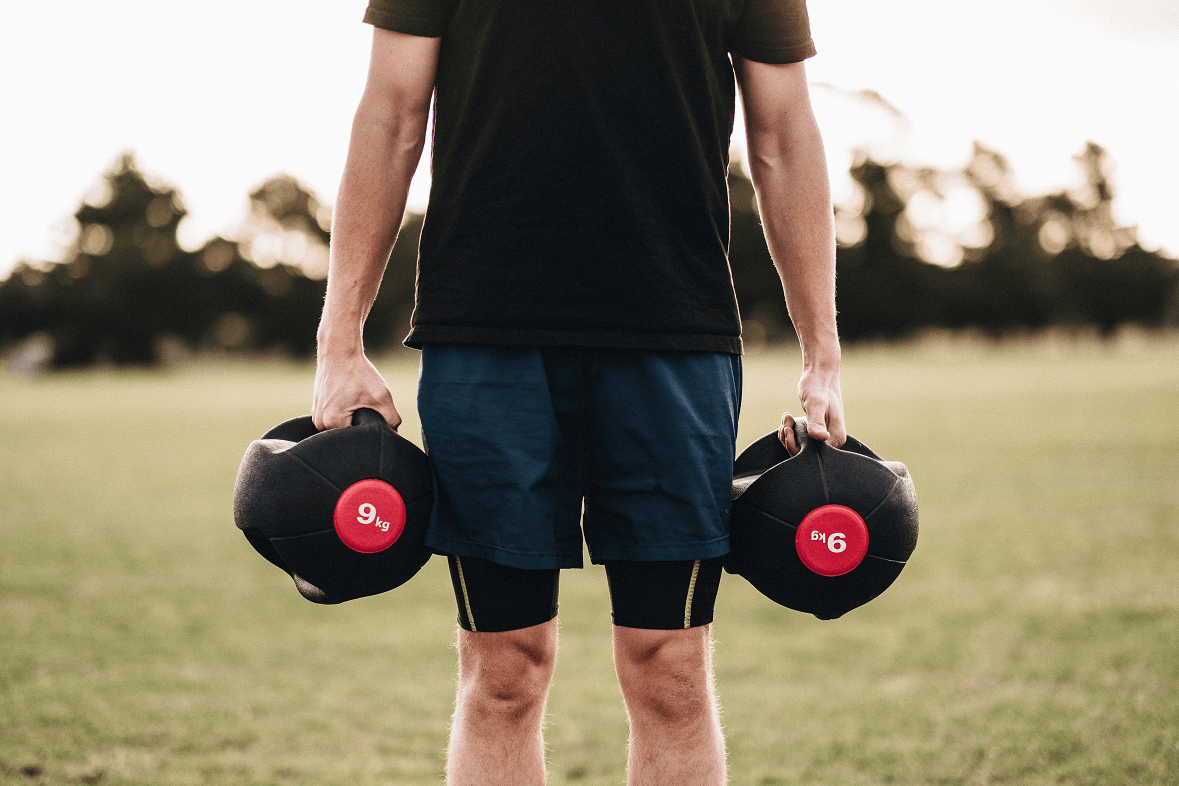
The results? Those who warmed up before doing the lunges experienced the lowest level of muscle pain. Interestingly enough, those who cooled down after performing the lunges had the same level of muscle pain as those who neither warmed up nor cooled down. In other words, cooling down post-exercise did nothing to prevent muscle soreness and increase limberness.
A cool-down does not prevent muscle soreness: Part II
These findings confirmed those of a study published in the Australian Journal of Physiotherapy in 2007. In the latter study, 52 healthy (and apparently also well-coordinated!) adults walked backward and downhill (!) on a treadmill for 30 minutes. In addition, a portion of the study participants performed a 10-minute warm-up by walking forward on an inclined treadmill. Another portion of the participants performed a similar 10-minute cool-down, while the rest of the participants performed neither a warm-up nor a cool-down.
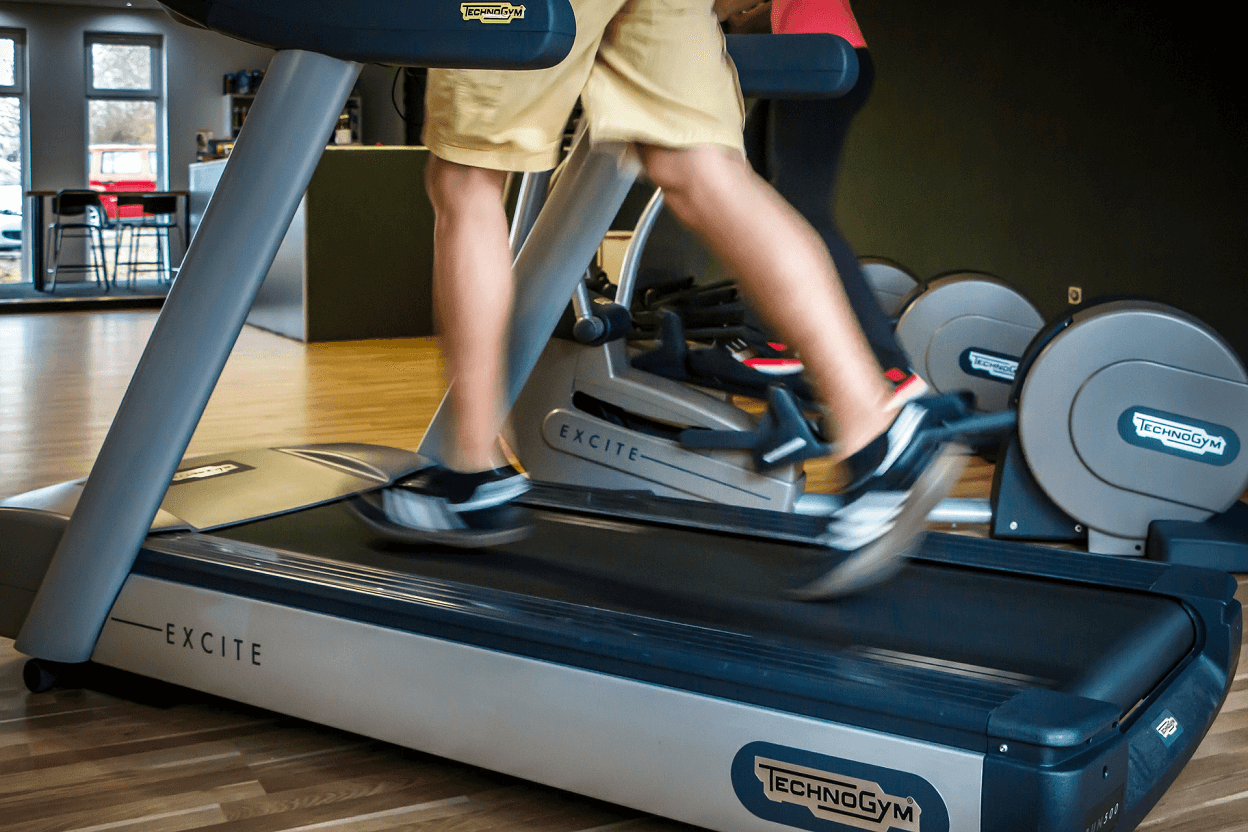
The results? Similar to that of the 2012 study mentioned above, the muscles of the group who performed the cool-down was just as sore as that of the control group (i.e. those who didn’t warm up or cool down) after two days. Those who performed a warm-up did, however, experience a small reduction in delayed-onset muscle soreness (DOMS).
So what does a cool-down do?
So if a cool-down doesn’t prevent post-workout muscle soreness, what does it do? According to Professor Andrea Fradkin of Bloomsburg University, “a cool-down has been shown to prevent venous pooling after exercise”. But what is venous pooling and why should it be prevented? In a nutshell, prolonged, vigorous running causes blood vessels in the legs expand, which, in turn, causes more blood to move through it. Combine this with an increased cardiac output, and large volumes of blood can easily be circulated to the active tissue in need of oxygen.
While you are running, all of this blood can then easily be returned to the heart with the aid of working muscles that contract with force around blood vessels. But if you abruptly stop running to sit or lay down, muscles are no longer contracting against the blood vessels, and gravity can cause blood to pool in the lower body. This, in turn, may lead to dizziness or even fainting.
How to prevent venous pooling
And how exactly can venous pooling be prevented? Will it require performing a long, laborious cool-down routine with an already tired body? Fortunately not. Sports scientist, Dr. Ross Tucker, agrees with coach Fitzgerald in that a short, gentle post-workout walk will do the trick. “Just walk for a few minutes at the end of a workout and you’ll maintain normal circulation to the brain,” Tucker suggests.
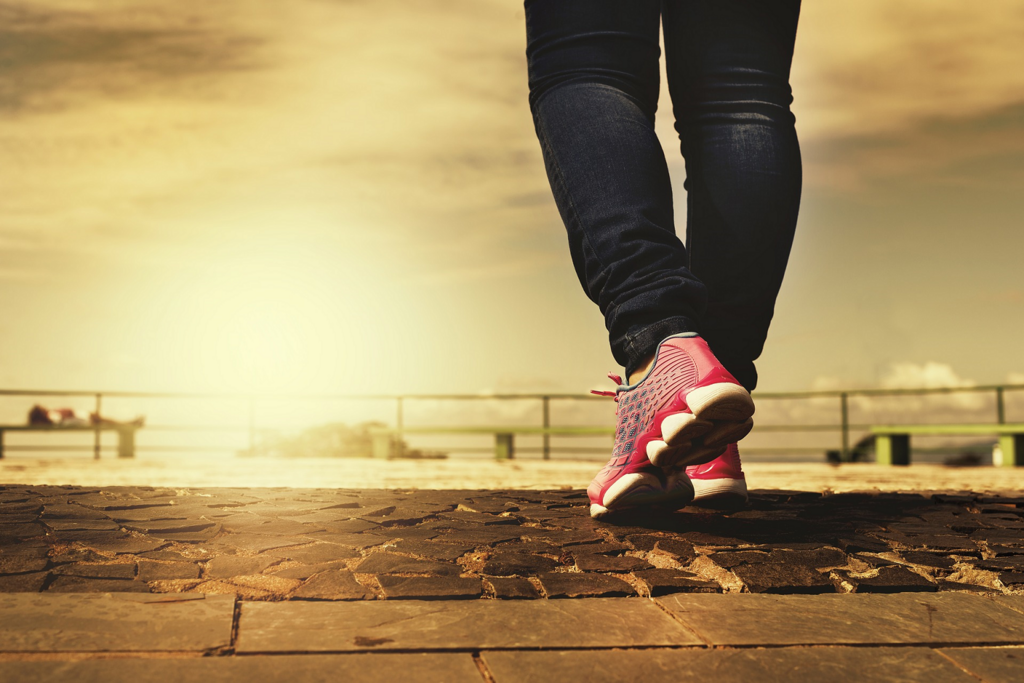
But there’s more
But wait, there’s more. In addition to helping prevent venous pooling, a post-run cool-down can also have an important psychological effect. “If you’ve done a very hard track session, it’s nice to end with some light jogging,” Tucker says. In other words, it’s a good way to wrap up a training session and return a sense of normality to the legs.
Also remember that, although cooling down after a hard workout has not scientifically been shown to do much in terms of preventing muscle soreness, no negative effects have been associated with a cool-down so far. So if ending your runs with a short, leisurely walk, followed by a calming stretching session works for you, then, by all means, go ahead and do it.
In the words of Dr. Rob Herbert, senior author of the 2007 study cited above, “if they like to cool down, then it’s not going to hurt them”.
Sources
- , The 3 stages of proper marathon recovery, Online publication
- , Do we have to cool down after exercise?, Online publication
- , The effect of warm-up and cool-down exercise on delayed onset muscle soreness in the quadriceps muscle: a randomized controlled trial, Scientific journal
- , Warm-up reduces delayed onset muscle soreness but cool-down does not: a randomised controlled trial, Scientific journal
- , Does Abruptly Stopping Intense Exercise Cause Blood to Pool in the Lower Extremities?, Online publication
Latest Articles
 Is Running on a Treadmill Easier Than Running Outside?Runners have their own preferences, whether it is treadmill running, running outside on the road, or exploring trails. So...
Is Running on a Treadmill Easier Than Running Outside?Runners have their own preferences, whether it is treadmill running, running outside on the road, or exploring trails. So... Is It OK to Use Trail Running Shoes on the Road?While trail running shoes can be used on roads, especially in situations where a runner encounters mixed terrains or pref...
Is It OK to Use Trail Running Shoes on the Road?While trail running shoes can be used on roads, especially in situations where a runner encounters mixed terrains or pref... How to Fix Sore Quads After Running?Rest, ice, gentle stretching, and over-the-counter pain relievers can help soothe sore quads after running. Also, ensure ...
How to Fix Sore Quads After Running?Rest, ice, gentle stretching, and over-the-counter pain relievers can help soothe sore quads after running. Also, ensure ... 10 Fruits With The Most Electrolytes to Replace Sports DrinksThese fruits are high in electrolytes such as potassium, magnesium, and calcium, essential for hydration, muscle function...
10 Fruits With The Most Electrolytes to Replace Sports DrinksThese fruits are high in electrolytes such as potassium, magnesium, and calcium, essential for hydration, muscle function...

